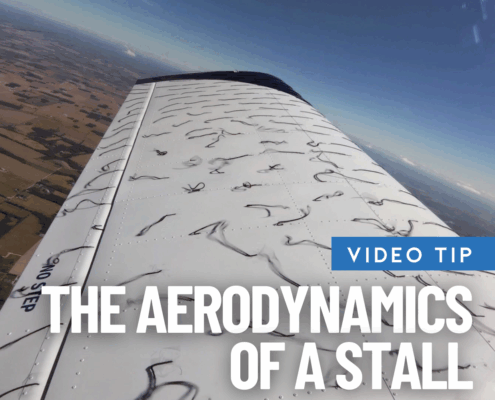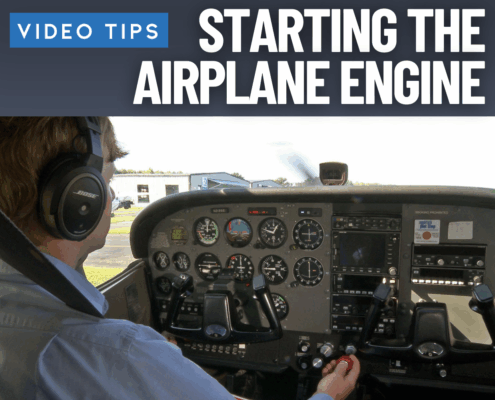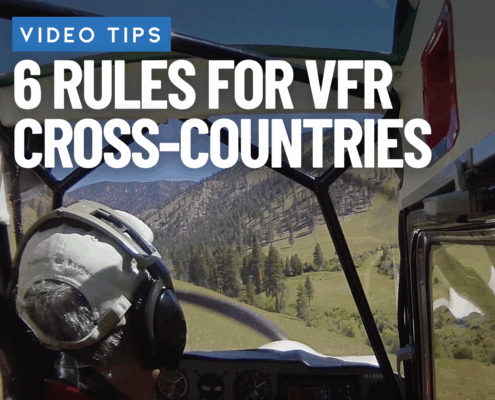
Video Tip: Aerodynamics of a Wing Stall
During your flight training you will practice stalling the airplane to better learn the low-speed handling characteristics of the airplane, and how to recover if an unintentional stall occurs. In this video tip we'll look at how the airflow changes over the wing as it nears the critical angle of attack and eventually stalls.

Video Tip: The Aerodynamics of Induced and Parasite Drag
During your flight training you'll learn all about the four forces acting on the airplane in flight, including lift, thrust, weight and drag. This week's tip takes a closer look at the aerodynamic forces that cause the rearward force of drag, including a breakdown of parasite vs. induced drag.

VFR Challenge: MOA or Marathon—Enter Now for a Chance to Win a Flight Simulator
/
14 Comments
In this sample VFR Mastery Scenario, MOA or Marathon puts you in the cockpit of a VFR pilot flying with his son to a weekend baseball tournament in Wisconsin. En route, an active MOA sits directly on the planned course, and ATC appears reluctant to allow non-participating VFR traffic through the hot MOA. Going around would add significant time and distance.

Video Tip: How to land a tailwheel airplane (wheel landing method)
While flying a tailwheel airplane is not much different than a traditional nosewheel airplane in the air, taking off and landing are a different story. This week's tip takes a look at what it takes to properly land a tailwheel airplane using the "wheel method".

Video Tip: Class B Airspace
Class B airspace surrounds the busiest airports, which means there are some important restrictions to remember any time you're operating within it - or underneath it. In this week's video tip, we review how Class B airspace works, what you need to do to fly legally in it and how to stay safe. Take a few minutes and get current today.

Video Tip: Starting the Airplane Engine
Starting the airplane engine is one of the first hands-on procedures you'll learn when starting your flight training. In our latest video tip, we'll show you step-by-step the procedure for starting the Cessna 172S fuel-injected engine.

Video tip – how to use aviation self-serve fuel facilities
Many airports offer a self-serve fuel option at a cheaper price per gallon, which can offer big savings for large fillups and serve as a plan B for fuel when landing after hours when the FBO is closed. This week's tip takes a look at how to operate a self-serve fuel system to ensure that your first time using one goes smoothly.

Video Tip: Six Rules for VFR Cross-Country Flights
Getting out of the traffic pattern and going on a real trip is a lot of fun. It may even be the reason you’re learning to fly in the first place. But the same reasons these trips are so much fun - new places to see, a goal at the end of the flight - can lead to challenges if you aren’t prepared. Here are six rules to keep in mind when you’re flying VFR cross countries.

Video Tip: Cessna 172 Electrical System
The electrical system is a critical component of today's modern airplanes, distributing and supplying power to the lights, avionics and digital flight instruments. This week's tip takes a look at the various elements that make up the electrical system in the popular Cessna 172 training airplane.

Video Tip: How to Identify Airport Runways and Traffic Patterns
A standard traffic pattern is normally flown when setting up to approach and land at an airport. In this video, we'll take a look at the standard ways to both enter and depart a traffic pattern, as well as look at how runways are identified based on their location and orientation.
